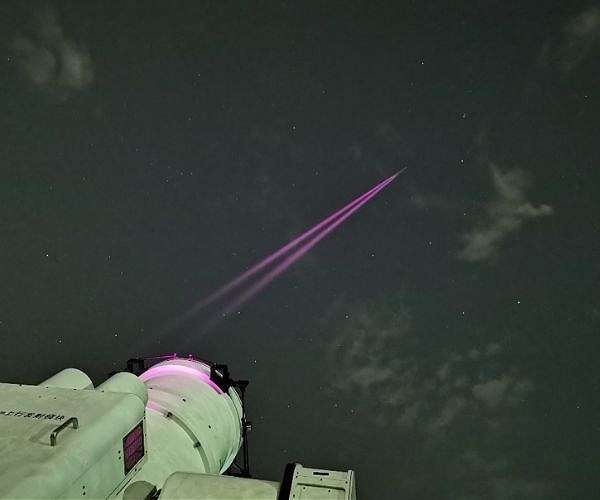17.09.2024

The Aerospace Information Research Institute of the Chinese Academy of Sciences has successfully launched its first operational satellite-ground laser communication system. The 500mm aperture laser communication ground system began its regular operation on Sunday from the Pamir Plateau.
According to Wang Jianping, director of the Kashgar Ground Station, this system marks a major milestone in China's space technology, providing a key component in the transmission of data from satellites to ground stations. He explained that ground stations are vital in receiving, processing, and distributing data from space, ensuring effective information flow between space and Earth.
"Ground stations are pivotal in the transmission of space information," said Wang Jianping, director of the Kashgar Ground Station of the institute.
"At present, satellites primarily transmit data using microwaves as carriers. At the Kashgar station, transmission speeds peak at around 6GB per second. With the new laser communication system, this is expected to surge to several hundred gigabytes per second," Wang stated.
He further commented on the impact of this technology: "The satellite-ground laser communication system enables the rapid transmission of more and higher quality remote sensing satellite images. This advancement is crucial for scientificresearch."
The Institute highlighted that China's aerospace technology is progressing rapidly, with satellite data output growing exponentially. This surge has created an urgent need for higher capacity data transmission solutions, and the satellite-ground laser communication system promises to meet this demand.
This laser-based technology will form an essential part of future systems for transmitting vast amounts of satellite data to ground stations, offering a significant leap forward for the nation's space capabilities.
Quelle: SD
